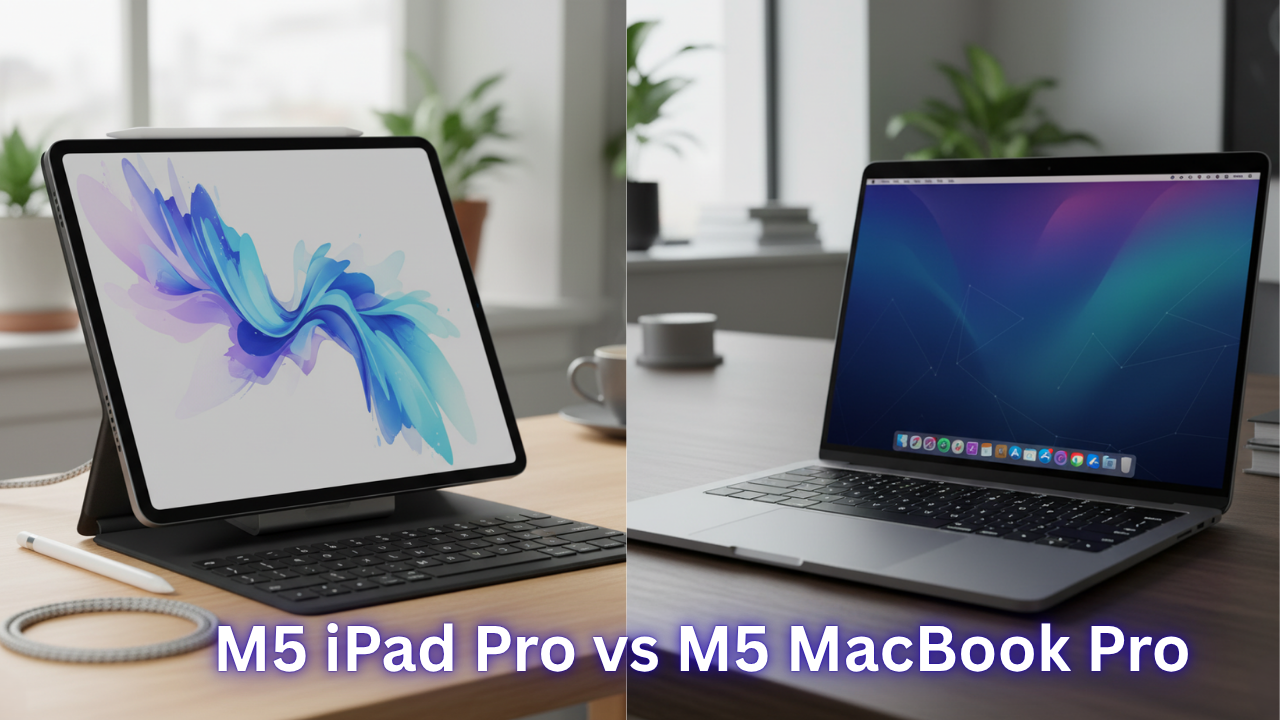In a historic announcement, Qualcomm—the chipmaker best known for powering hundreds of millions of smartphones—has officially entered the realm of data centers. The company launched its new AI-compute processors, AI200 and AI250, indicating a strategic move away from smartphones to large-scale AI infrastructure. These new chips, designed to manage AI inference workloads, make Qualcomm a direct rival to titans such as Nvidia and AMD, both of which currently dominate the AI data center today.
With the AI200 slated for launch in 2026 and the AI250 on its heels in 2027, Qualcomm is poised to change the way businesses use artificial intelligence within the enterprise. Let’s take a deep dive into what this step entails—for Qualcomm, the technology world, and the future of AI computing.
Qualcomm’s Leap Beyond Smartphones
Qualcomm’s identity has been inextricably linked to its Snapdragon processors, which have driven the majority of Android smartphones and tablets globally for years. Although Qualcomm has been experimenting with auto, IoT, and connectivity chips for years, this latest move is a revolutionary shift—from mobile and edge devices to fundamental AI infrastructure.
The AI market in data centers is flourishing due to the boom in generative AI models such as ChatGPT, Gemini, and Claude, which need enormous compute resources for processing user queries and delivering real-time responses. Qualcomm’s foray into this area indicates well that the next high opportunity is not in mobile AI alone, but in the racks and servers hosting the core of the digital economy.
Meet the AI200 and AI250: Qualcomm’s New Heavyweights
The AI200 and AI250, which Qualcomm introduced recently, are built for the purpose of handling AI inference workloads—in other words, running AI models instead of training them. Inference workloads are essential to applications such as chatbots, translation services, video analytics, and smart assistants that depend on running trained AI models.
Here’s what makes Qualcomm’s new chips stand out:
- Performance & Efficiency: Both chips seek to provide industry-leading power efficiency—something Qualcomm has been the best at for years, owing to its mobile chip heritage.
- Rack-Scale Solutions: Qualcomm is not merely selling chips. It is launching full AI rack systems, including accelerator cards and embedded software, providing an end-to-end solution for data center deployment.
- Compatibility & Ease of Use: The chips will be compatible with leading AI frameworks to provide straightforward integration for developers and businesses.
- Memory Support: Every rack setup accommodates up to 768 GB of memory to facilitate high-capacity inference workloads.

In emphasizing total cost of ownership (TCO) and power efficiency, Qualcomm is giving a straightforward message—it aims to offer a less expensive and more eco-friendly alternative to Nvidia’s costly and energy-guzzling GPUs.
Source: Qualcomm
First Customer and Market Response
In a strong vote of confidence, Qualcomm already has its first key customer: Humain, an AI company based in Saudi Arabia. Humain intends to deploy approximately 200 MW of Qualcomm-powered AI racks starting next year. The partnership is one of the biggest early commitments to Qualcomm’s new infrastructure technology.
The market reacted immediately and positively to this news. Qualcomm stock rose between 15% and 19%, reaching a 52-week high, as investors cheered the company’s aggressive expansion outside of smartphones. The move was greeted by analysts as “strategically crucial” to diversify Qualcomm’s revenue streams and cut its reliance on phone sales—a segment that has experienced slower growth over the past few years.
Competing Against the AI Titans: Nvidia and AMD
Qualcomm’s timing is impeccable. Whereas Nvidia is now the leader in AI hardware, its GPUs are largely geared toward training massive models. Qualcomm’s emphasis on inference, along with its experience in low-power chip design, may create a profitable niche.
Here’s where Qualcomm’s strategy varies:
- Nvidia: Spends most of its effort training models using highly powerful GPUs.
- AMD: Addresses both training and inference with its MI300 series.
- Qualcomm: Focuses on cost-effective inference, with a goal of enabling enterprises to deploy AI models sustainably at scale.
By prioritizing efficiency, scalability, and cost-effectiveness, Qualcomm can attract businesses seeking AI solutions that won’t devastate their budgets or consume inordinate amounts of power.
Why This Matters for the AI Industry
The arrival of a giant new player in the AI data center ecosystem could have profound implications:
- More Competition, Lower Costs
- More competition between Nvidia, AMD, and Qualcomm would translate into improved pricing and availability of AI infrastructure globally.
- Driving Innovation Faster
- Qualcomm’s mobile efficiency know-how may encourage rivals to make more power-sipping data-center chips, driving innovation faster.
- Global Supply Chain Diversification
With Qualcomm’s international manufacturing partnerships, the company’s shift could enhance AI chip supply chain resilience—immensely useful in times of geopolitical risk.

Implications for India and the Global Market
Given Qualcomm’s extensive presence in India—from R&D facilities to smartphone partnerships—this shift could also have a ripple effect on the local semiconductor and AI ecosystem.
- For Indian enterprises, Qualcomm’s new AI racks could make large-scale AI deployment more affordable.
- For the semiconductor workforce, the demand for AI-optimized hardware design and software integration will create new opportunities.
- For data center operators, Qualcomm’s power-efficient solutions can lower operating expenses and carbon footprint.
Across the globe, the shift heralds a new era of diversification in the chip industry, ensuring that the AI infrastructure race is not taken over by a single or two companies.
The Road Ahead
Although the market response has been highly encouraging, Qualcomm remains with very formidable challenges. Moving into the data center market involves competing head-on against entrenched players who have decades of history, rich developer ecosystems, and enormous R&D spending.
Qualcomm will need to do the following to succeed:
- Show faster real-world performance and cost benefits.
- Forge strong relationships with data center operators, cloud providers, and enterprises.
- Keep investing in software ecosystems so that their AI platforms are adopted easily.
If it can make these happen, Qualcomm could shift from a mobile chipmaker to a significant AI infrastructure leader.

Conclusion
Qualcomm’s introduction of the AI200 and AI250 is a turning point for the company — a leap forward toward the future of AI data-centre computing. With its initial major customer signed up, a clear emphasis on power efficiency, and robust investor support, Qualcomm is set to become a force to be reckoned with in the AI hardware space.
While the demand for AI infrastructure is still growing globally, Qualcomm’s step may not only—note its own fate but also rebalance the power across the entire semiconductor industry.















